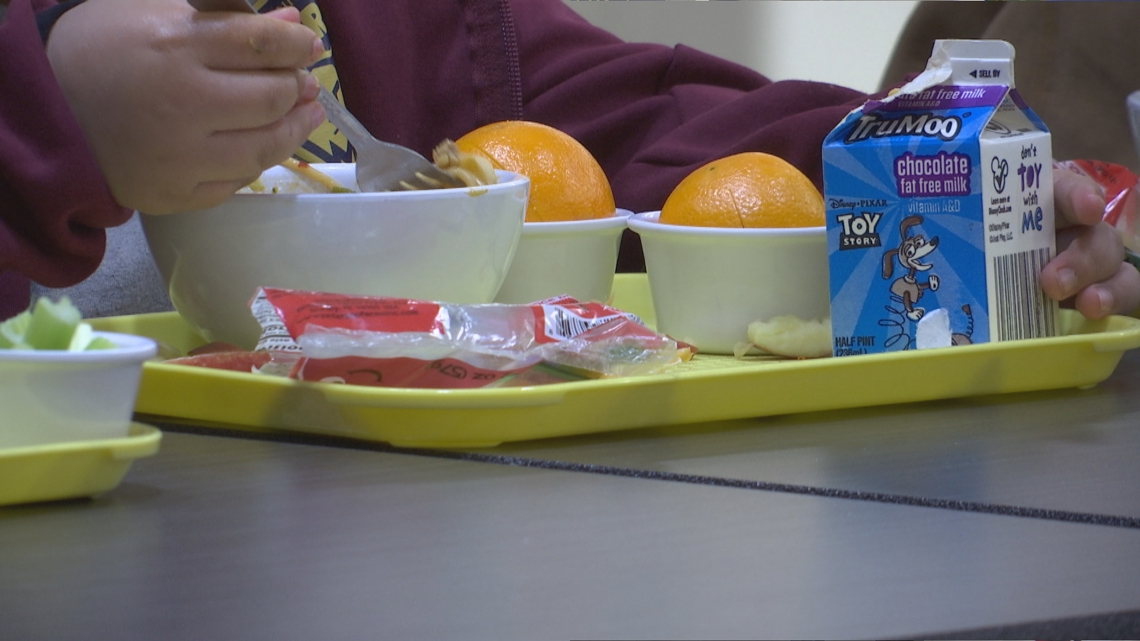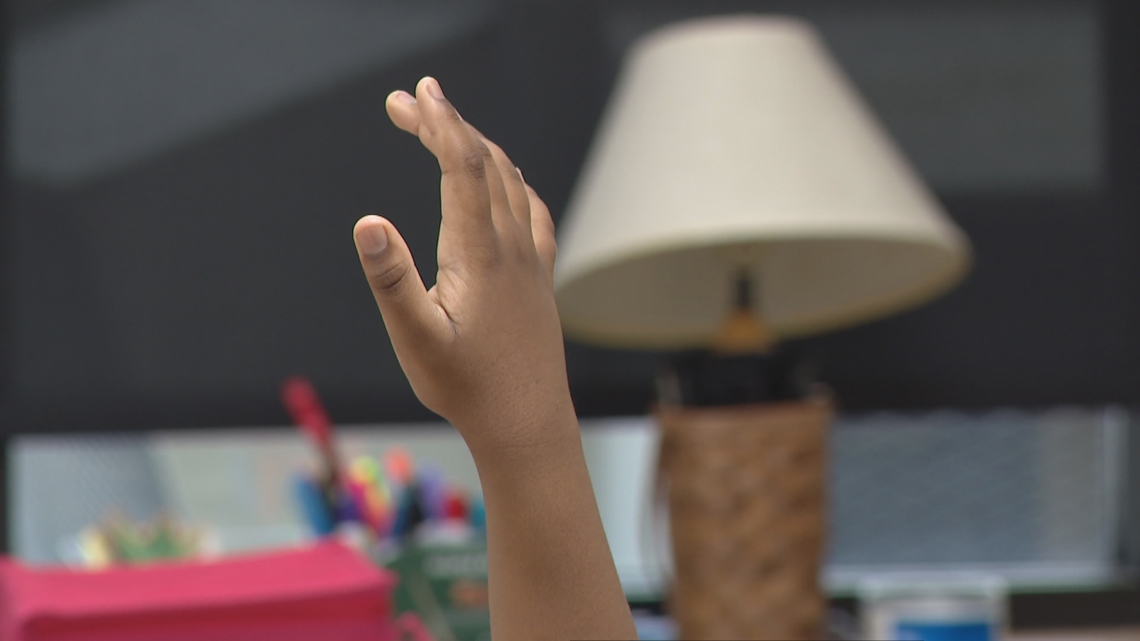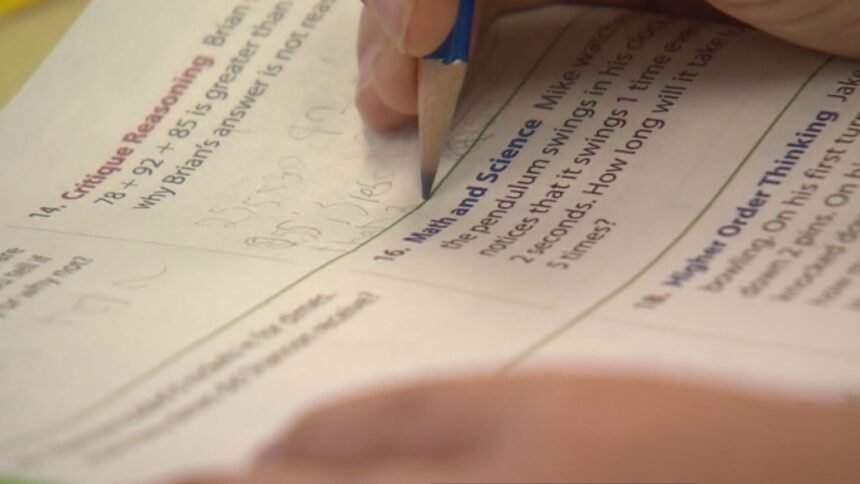ILEARN scores still show deep racial- and income-based gaps in Marion County, with white and higher-income students far outpacing their peers.
INDIANAPOLIS — New state testing data shows continued academic disparities across Marion County, with Black, Hispanic and low-income students scoring far behind their white and higher-income peers on the latest ILEARN exam.
According to data from the Indiana Department of Education, just over 19% of Marion County public school students in third through eighth grade were proficient in both English language arts and math. It’s a figure that falls below the statewide average and highlights persistent challenges for the state’s largest urban school districts.
Compared to 2024, ELA saw about a 1% increase in proficiency statewide. Math, however, saw about a 3% decrease.
Gaps by race
A breakdown of the data shows that white students are more than three times as likely to score proficient in both subjects compared to Black and Hispanic students.
- Black students: 10.4% proficiency
- Hispanic students: 11.4% proficiency
- White students: 36.1% proficiency
“It’s definitely alarming to see how big a difference there is between the Black and brown students versus the white students just looking at the raw data,” Rev. David Greene, president of the Concerned Clergy of Indianapolis said. “For me, it’s not just an academic gap, but we’re talking about an opportunity gap, we’re talking about a funding gap, we’re talking about an equity gap. There’s a problem here.”

Greene said the group is calling on state lawmakers to implement policy changes aimed at improving outcomes for students in historically underfunded districts.
Economic disparities
Income status also plays a major role. Countywide, students who qualify for free or reduced-price lunch had a combined proficiency rate of 13.8%, compared to 25.9% for students who pay for lunch in full.
That’s a 12-point gap that Greene said reflects unequal access to resources, not just test performance.
“Clearly we’ve got students that are being successful who can pay for their lunches. Some of our districts have more resources,” Greene said. “They don’t need the same voucher as the people who are living in certain ZIP codes who have housing instability, who are facing food deserts.”


Modest gains, but long road ahead
The Indiana State Board of Education notes that statewide scores improved slightly for Black, Hispanic, and low-income students compared to last year — including in Marion County — but the pace of progress remains slow.
“There’s very slight improvement,” Greene said. “We need significant increase in order to balance this out. It’s far from equity.”


New ILEARN model coming in 2025-26 school year
In an effort to better monitor student learning throughout the year, state officials announced that starting in the 2025–26 school year, all Indiana schools will adopt a new ILEARN “through-year” model.
The revised format will include three checkpoints and a shortened summative assessment. Officials say this will give teachers and parents real-time data to identify where students are struggling before the end of the year.
Checkpoint assessments will not be punitive or graded but are designed to guide instruction and help educators intervene earlier.


13News reached out to Indianapolis Public Schools, as well as the highest and lowest scoring districts in Marion County, for comment. As of publication, we have not yet received a response.











